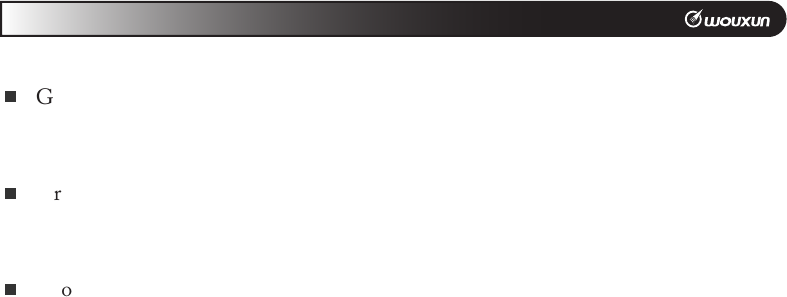Getting Started Guide
Table Of Contents
- Safety Information
- Getting Started
- Operation
- Menu Functions
- [01: ABR] Backlight
- [02: SAVE] Battery Saver
- [03: TXPOW] Output Power
- [04: VOX] Voice Activated Transmit
- [05: VOX-DLY] VOX Delay
- [06: SQL] Squelch
- [07: ROGER] Roger Beep
- [08: TOT] Transmit Overtime Timer
- [09: TOA] Transmit Overtime Alarm
- [10: VOICE] Voice Guide
- [11: BEEP] Button Beeps
- [12: BCL] Busy Channel Lockout
- [13: RX-DTC] Receive CTCSS/DCS Tone
- [14: TX-DTC] Transmit CTCSS/DCS Tone
- [15: SC-REV] Scan Method
- [16: CH-NAME] Channel Name
- [17: PRI-CH] Priority Channel
- [18: PRI-SCN] Priority Scan
- [19: S-TONE] Single Tone Pulse Transmission
- [20: SC-QT] CTCSS/DCS Scan Save Options
- [21: PONMSG] Power On Message
- [22: SCN-ADD] Scan Add / Delete
- [23: SCN-GP] Scan Group
- [24: SCN-CD] CTCSS/DCS Scanning
- [25: AU-LOCK] Auto Lock
- [26: LOCK-M] Lock Mode
- [27: SECOND] Stopwatch Timer
- [28: PF1] Side Key PF1 Assignment
- [29: PF2] Side Key PF2 Assignment
- [30: RPT-RCT] Repeater Reception Confirmation
- [31: DC-VLT] Battery Voltage Display
- [32: QT-SW] Tone Scanning Compatibility Check
- [33: CH-MDF] Channel Display Mode
- [34: RESET] Factory Reset
- Troubleshooting
- Technical Information
- Optional Accessories
- Limited Warranty

17
OperationOperation
output power.
▪
Group 02: Standard GMRS channels 8-14 are limited to a half watt of output
power and are for use on Low power only. Prior to FCC changes made in 2017,
these channels were part of the FRS service only and were not available for GMRS.
▪
Group 03: Standard GMRS channels 15-22. ese channels are authorized for up
to 50 watts of output power. Prior to FCC changes made in 2017, this group was
exclusive to GMRS (not part of FRS).
▪
Group 04: is is the repeater group. ese channels correspond to the channels in
group 03, but transmit on a special oset frequency set aside for repeaters. See page
19 for more information about using the KG-905G with repeaters.
Transmitting and Receiving
With a channel selected, the radio is actively “listening” for an incoming signal on that
channel. When a signal is detected, the transmission will be heard through the radio’s
speaker. Please note, the Squelch setting (page 26) determines how strong a signal
needs to be in order to be detected.










